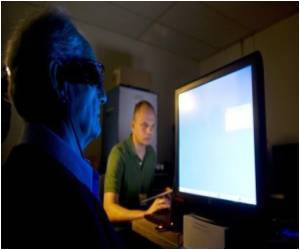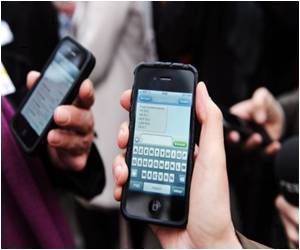An education technology expert has said that the use of technology in the classroom is growing beyond computers to improve student learning.

"More traditional technologies, such as audio recorders and players, are also useful and common at the elementary level," she said. "Preferably, all students have access to computers several times a week, whether that is through the use of laptops, tablets or stationary desktop computers in a computer lab."
The use of e-books in the classroom is an increasing trend, particularly at the elementary level, Larson said. She attributes the increase to the significant decrease in the price of digital readers like the Amazon Kindle, making the devices an affordable alternative to iPads and laptops.
"The availability and affordability of e-books for children and young adults have increased rapidly, so teachers and students have endless options for both fiction and nonfiction texts," she said. "E-books are generally less expensive than print copies of the same book, and they don't wear out as quickly as a print copy. Another advantage is the instant access. Generally, an e-book can be downloaded in a matter of minutes."
Perhaps the greatest advantage of e-books, Larson said, is the ability to differentiate the reading experience. The devices allow the reader to customize the reading experience by adjusting the font size and page layout, or through the use of tools and features like a built-in dictionary, highlighter, digital notes or text-to-speech capabilities.
"This means allstudents -- even those who struggle or have specific learning needs -- can benefit from digital reading," Larson said. "As teachers are quickly realizing the possibilities of supporting students' reading comprehension and motivation, this technology is definitely becoming more popular in all grade levels."
Advertisement
"In the past, school districts created policies that banned cellphones, but many districts are now beginning to see the advantages of allowing students to use their phones to support learning during the school day," Larson said. "And many schools are now allowing students to bring and use their own gadgets and devices from home -- iPads, cellphones, Kindles, iPods, etc. -- to be used during the school day to support learning."
Advertisement
"This approach mimics the way most adults use technology throughout the day -- whenever it is needed, and for authentic purposes," she said.
But Larson cautions it's not enough to just place laptops, tablets or digital reading devices in the hands of children. She said teachers need to teach and model new literacy skills that are essential for effective use of such technologies. It's also important for parents and teachers to communicate technology expectations, guidelines and rules. Teachers should know whether students have Internet access at home and, if so, are they are allowed to use the computer and/or the Internet to do homework.
"Parents, on the other hand, have the right to know what types of technologies are available during the school day and for what instructional purposes," Larson said. "It is also important that parents and teachers recognize how children spend their time on computers, both at home and at school. Ideally, children should be using engaging and interactive computer programs that allow for creativity and collaboration with others."
To encourage technology use by students, Larson said it can be helpful for schools to host family nights where both parents and students can visit the school and learn more about using a computer or other forms of technology like tablets and e-readers.
Source-Medindia









